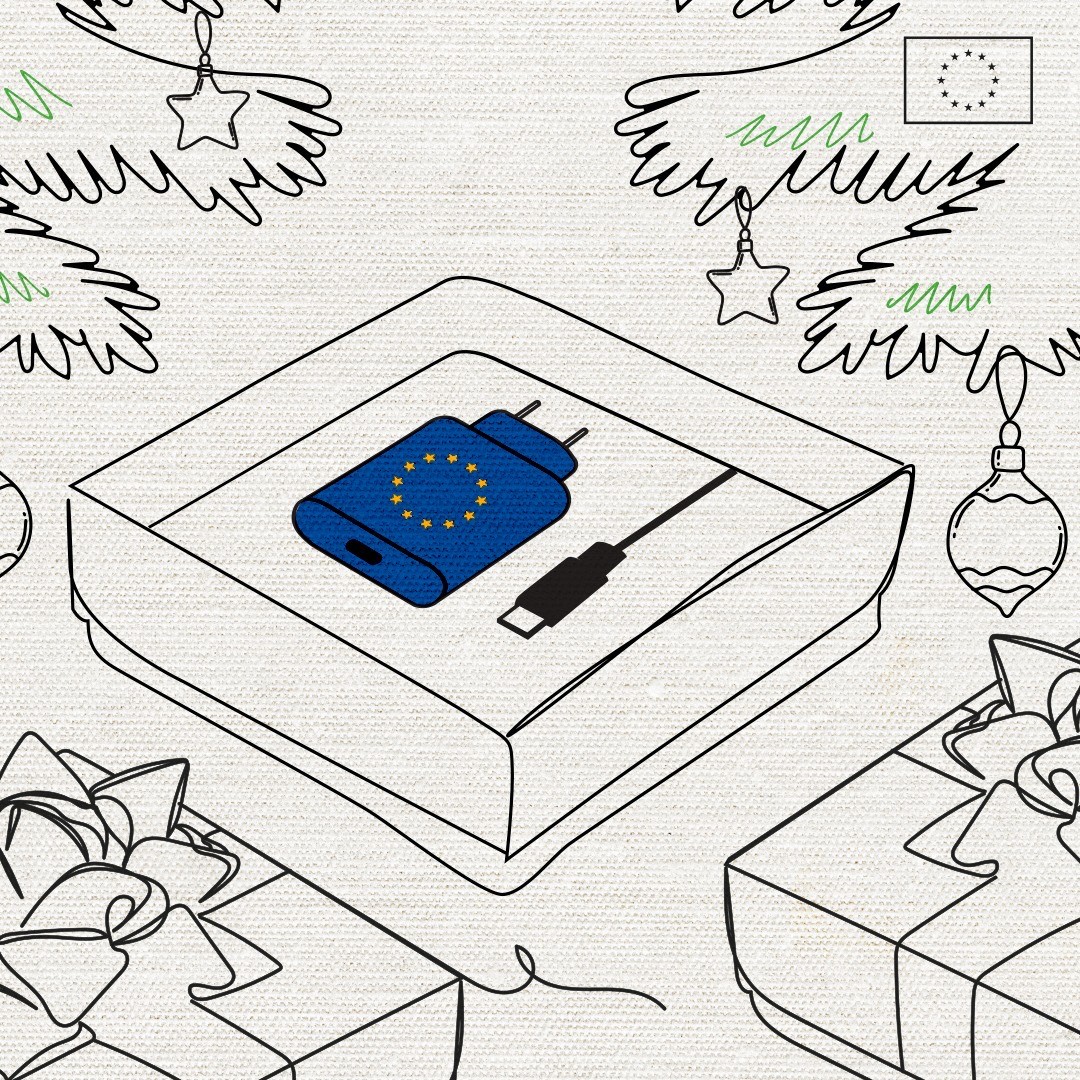- cross-posted to:
- europe@feddit.de
- environnement
- cross-posted to:
- europe@feddit.de
- environnement
cross-posted from: https://jlai.lu/post/3226934
The wait is finally over. From 2024, USB-C will be the common standard for electronic devices in the EU – and we have already seen the impact !
It means
- 🔌The same charger for all phones, tablets and cameras
- ⚡ Harmonised fast-charging technology
- 🔄Reduced e-waste
One charger to rule them all.
Now, a reality.
Learn more about the #EUCommonCharger here: https://europa.eu/!hwjj3G
Unbundling the sale of a charger from the sale of the electronic device .
The ‘common charging’ requirements will apply to all handheld mobile phones, tablets, digital cameras, headphones, headsets, portable speakers, handheld videogame consoles, e-readers, earbuds, keyboards, mice, and portable navigation systems as of 2024. These requirements will also apply to laptops as of 2026. Such transition periods will give industry sufficient time to adapt before the entry into application.
Consumers will be able to purchase a new electronic device without a new charger. This will limit the number of chargers on the market or left unused. Reducing production and disposal of new chargers is estimated to reduce the amount of electronic waste by 980 tonnes yearly
Producers will need to provide relevant visual and written information about charging characteristics, including information on the power the device requires and whether it supports fast charging. This will help consumers understand if their existing chargers meet their new device’s requirements and/or help them select a compatible charger. Combined with the other measures, this will help consumers to limit the number of new chargers purchased and save at least €250 million a year on unnecessary charger purchases.
L’attente est finalement terminée. À partir de 2024, l’USB-C deviendra la norme commune pour les appareils électroniques dans l’UE – et nous avons déjà vu son impact !
Cela signifie
- 🔌Le même chargeur pour tous les téléphones, tablettes et appareils photo
- ⚡ Technologie de charge rapide harmonisée
- 🔄Réduction des déchets électroniques
Un chargeur pour les gouverner tous. Maintenant, une réalité. Pour en savoir plus sur le #EUCommonCharger, cliquez ici : https://europa.eu/!hwjj3G
Les exigences de « charge commune » s’appliqueront à tous les téléphones mobiles portables, tablettes, appareils photo numériques, écouteurs, casques, haut-parleurs portables, consoles de jeux vidéo portables, liseuses électroniques, écouteurs, claviers, souris et systèmes de navigation portables à partir de 2024. Ces exigences s’appliquera également aux ordinateurs portables à partir de 2026. De telles périodes de transition donneront à l’industrie suffisamment de temps pour s’adapter avant l’entrée en application.
Les consommateurs pourront acheter un nouvel appareil électronique sans nouveau chargeur. Cela limitera le nombre de chargeurs sur le marché ou inutilisés. On estime que la réduction de la production et de l’élimination des nouveaux chargeurs permettrait de réduire la quantité de déchets électroniques de 980 tonnes par an.
Les producteurs devront fournir des informations visuelles et écrites pertinentes sur les caractéristiques de charge, y compris des informations sur la puissance requise par l’appareil et s’il prend en charge une charge rapide. Cela aidera les consommateurs à comprendre si leurs chargeurs existants répondent aux exigences de leur nouvel appareil et/ou les aidera à sélectionner un chargeur compatible. Combinée aux autres mesures, cette mesure aidera les consommateurs à limiter le nombre de nouveaux chargeurs achetés et à économiser au moins 250 millions d’euros par an sur les achats inutiles de chargeurs



I read the website but it doesn’t say. But it does say that the consumer will have to check that the charger is compatible with the device so you might end up frying your device if you connect them to the wrong USB C Charger (things that were prevented because of the different connectors). I don’t say that the directive is wrong but it doesn’t go far enough. It should force all devices manufacturers and chargers manufacturers to use the power delivery protocol so consumers don’t have to worry about power compatibility between chargers and devices.
The power delivery protocol allows for the device and the charger to negotiate a charging power.
Without delivery protocol the charger delivers as much power as it’s can so it might fry the connected device.
No device that is properly following the USB standard will be fried by, or fry, another USB device.
It’s true that a USB-C cable might not work with some PD requirements and will support only a certain USB data version or lower, but all of USB is backwards compatible, you will get slower speeds or less power but not anything dangerous.
Unless the device(s) you use are not properly following the USB standards.
As others mentioned in the thread, Nintendo Switches clearly don’t follow the standards. So having this hole patched in the legislation would be nice.
That might be what some document says, but it’s definitely NOT true in the real world. Benson Leung (no longer doing reviews but still active on reddit) proved that by meticulously testing chargers from many manufacturers (some of the popular ones too).
Many chargers even amongst the popular brands could fry your device if the device isn’t being careful. I’m not sure it gotten better in the last 5 years.
That’s why I said “if it’s properly following the standard”
Those devices that Benson tested that failed were not properly following the standard.
That’s not how it works. If you plug a dumb device into a charger, you get 5 V. That’s it. You can draw as much power as you want, up to what the charger can provide, but only at 5 V.
If you want a higher voltage, the device and charger have protocols to negotiate that. A charger should never provide a higher voltage than what the device requests.
Some provide more than 5v and don’t support negociation but still use usb-c connectors.
Oh…something it telling me it won’t end well. I was full of hope after all those bad new on politic and climate change. I really hope they anticipated it. 😔